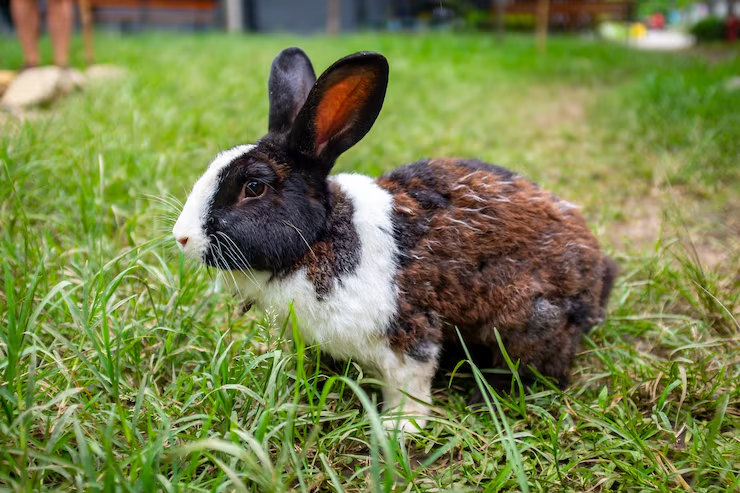
Yembroos Animal Feeds Private Limited is a leading Rabbit Feed Manufacturer, Rabbit Feed Exporter, Rabbit Feed Supplier, Rabbit Feed Distributor, Rabbit Feed Vendor, Rabbit Feed Company and Rabbit Feed Producer located in Thrissur District of Kerala. Our widest and high precision product range defines us renowned Rabbit Feed Manufacturers, Rabbit Feed Exporters, Rabbit Feed Suppliers, Rabbit Feed Distributors, Rabbit Feed Vendors, Rabbit Feed Companies and Rabbit Feed Producers of India. We produce Broiler Rabbit Feed, Rabbit Farming Feed, Rabbit Farm Feed, Pet Rabbit Feed, Organic Rabbit Feed, Pet Rabbit feed, Breeding Rabbit Feed, Rabbit Breeder Feed, Rabbit Starter Feed, Rabbit Grower Feed and Rabbit Feed Supplements. We also offer Rabbit Pellets in bulk quantity.
